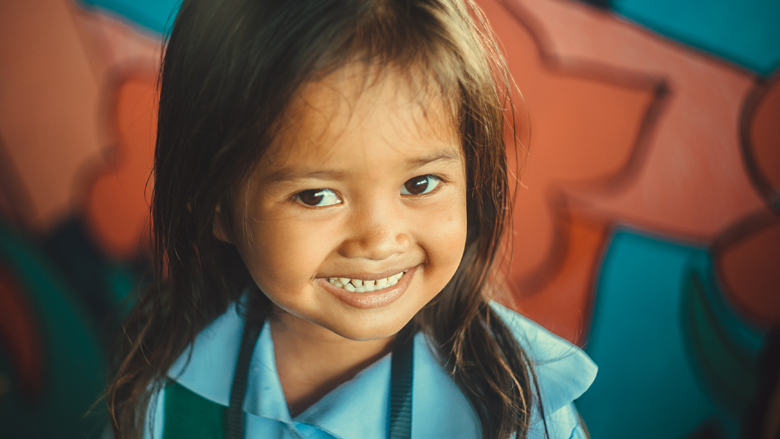Recent Economic and Policy Developments
- Philippine economic growth moderated to 6.2 in 2018, weighed down by weak global trade and high domestic inflation.
- A weak and uncertain external environment and subpar performance in net exports contributed to an overall balance of payments deterioration and a depreciation of the Philippine peso in 2018.
- Headline inflation peaked at 6.7 percent in October, before gradually decreasing in the last two months of the year. The main drivers of inflation were rising food, energy, and transport prices.
- Capital inflows increased, yet balance of payments deficit widened due to current account deficit.
Outlook and Risks
- Economic growth is projected to reach 6.4 percent in 2019 and slightly edge up to 6.5 percent in 2020 and 2021, as inflation is expected to decline, and spending due to the upcoming midterm elections is likely to boost private consumption growth.
- Despite softer GDP growth, revenue reached record high level of 19.6%, helping contain the fiscal deficit.
- An intensified El Niño may lead to food supply constraints, affecting the poor and vulnerable the most.
The Promise of Human Capital
- The Philippines ranked 84th in the Human Capital Index, with a score of 0.55. This indicates that an average Filipino child will be only 55% as productive as they could be in adulthood.
- The Philippines has vastly expanded access to education, but student learning outcomes fall below potential.
- Nutrition is the weakest link of human capital for the Philippines. 1 in 3 Filipino children under age 5 is stunted, a key marker of malnutrition.
- The Philippines can achieve its full potential by boosting human capital:
- Making learning the central objective of the education system
- Tackle malnutrition of women and young children
- Implement the Universal Health Coverage to boost health access and quality

